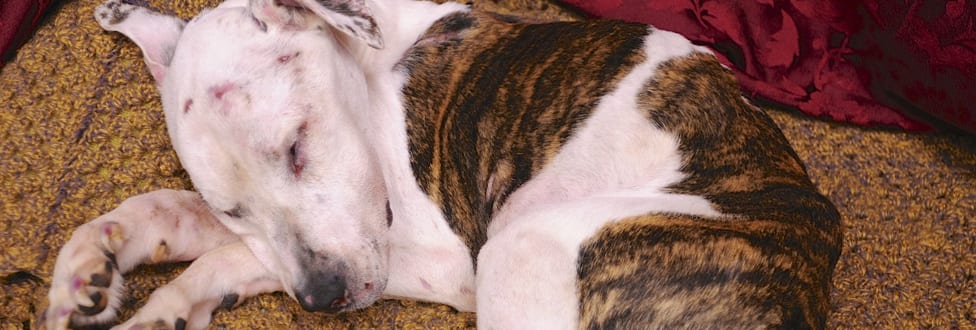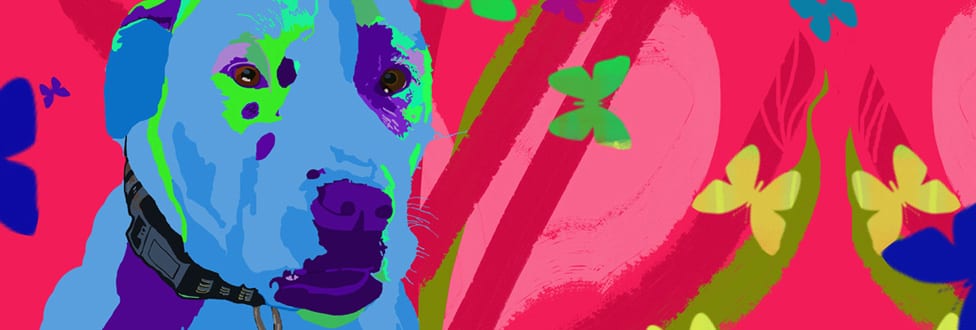Local Companies Lend a Paw to Animals in Need
Recently, the employees of two local companies, Appleton Partners and Definitive Healthcare, hosted in-kind drives and fundraisers to benefit animals in need.
Both events helped raised funds to support ARL programs and secured treats, toys, and blankets for our shelter animals.
Thank you to the compassionate employees of both organizations who generously donated gifts, toys, and their time to our cause.
Learn more about hosting your own DIY fundraiser.
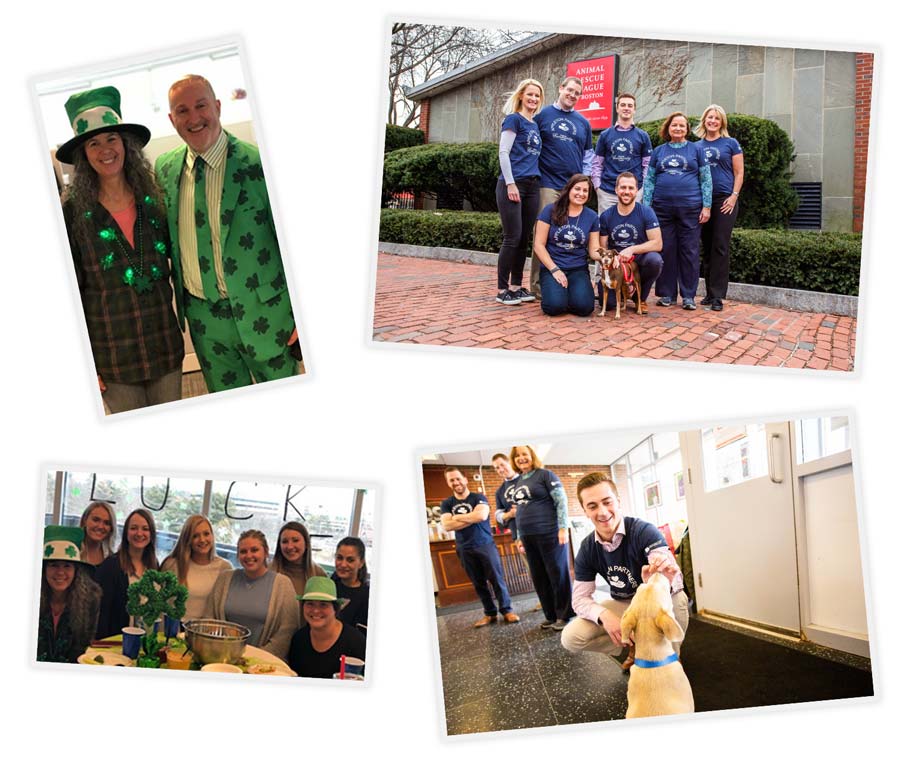
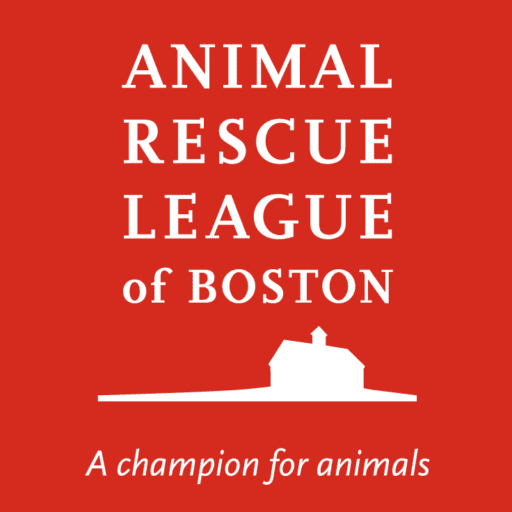
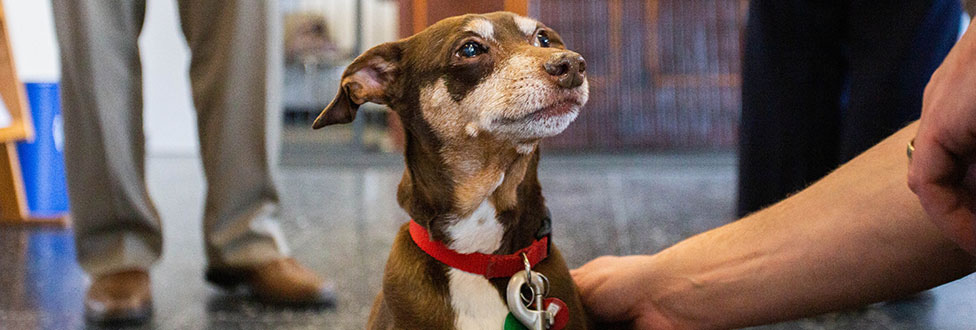
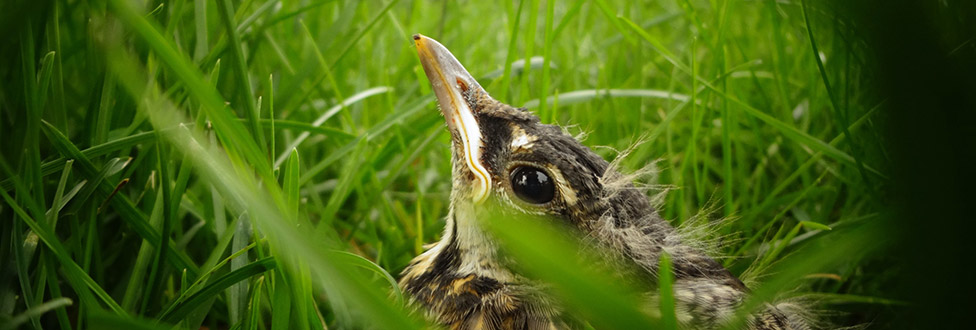

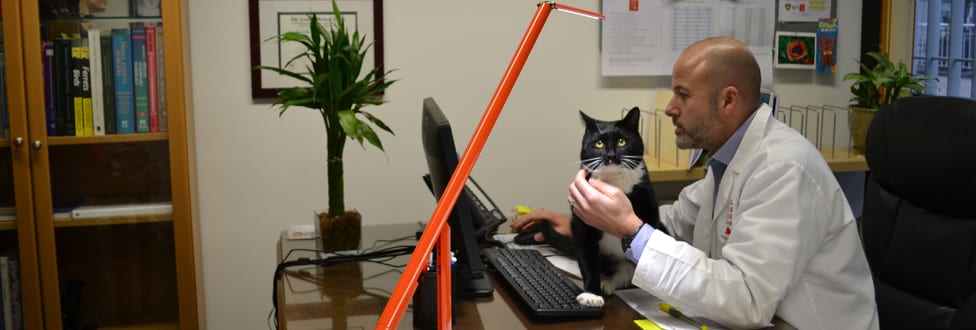
 Thank you to all who participated in and submitted questions to
Thank you to all who participated in and submitted questions to 